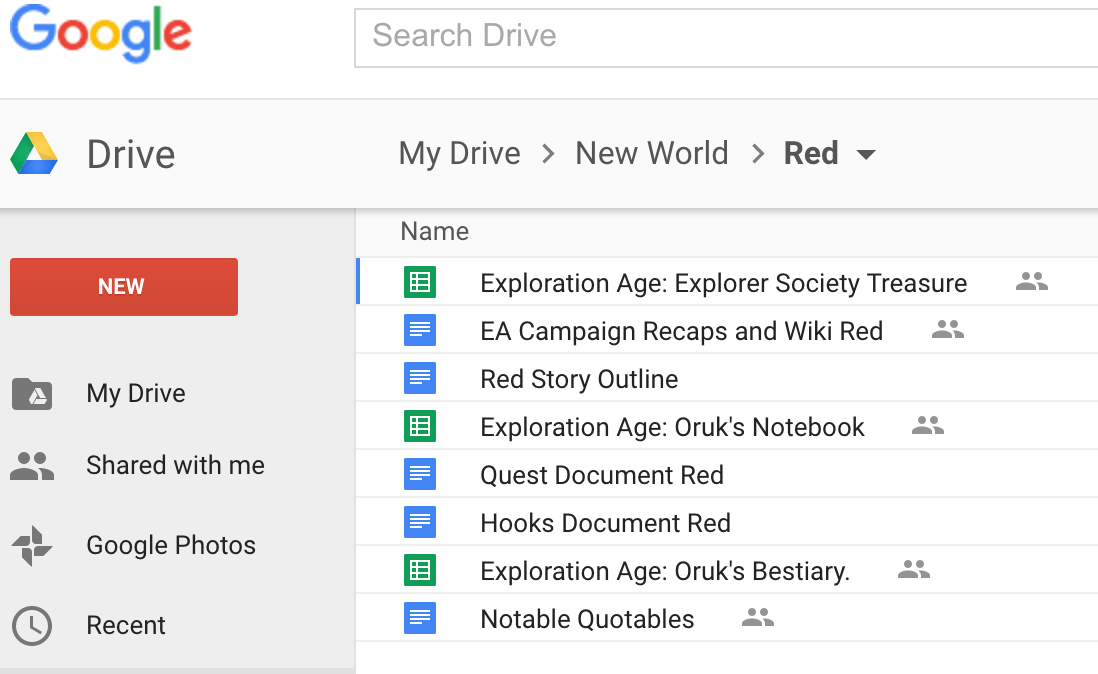Put Your Session 0 In the Middle of A Campaign
Session 0 is a term applied to a game session before a long campaign where the game master and characters come together to cocreate the world and character backstories. Having a session 0 is fun for many people, but others prefer to jump right in and start playing. I’m here to tell you there’s a way to get the best of both worlds. Simply put your session 0 in the middle of your campaign.
Why Put Your Origin Stories After Your Pilot Episode
Before I start a long RPG campaign, I usually like to get backstories from my players about their characters and have a world ready to go. That method is not for every game master and it’s not for every player. Some people, when forced to write a backstory or create a world, come up with bland and generic ideas that aren’t nearly as interesting than as if they had jumped right in and started playing. The give and take of improvisational storytelling with others spawns amazing ideas about a character’s background a single mind may have never come up with on its own.
For many players and game masters, the fun is in letting the story grow organically. “Oh are there house-sized spiders in this dungeon? Well that’s going to be interesting because I just decided Martha the PC is an arachnophobe!” is a split second decision made by a player that has just turned a normal dungeon crawl an interesting quest of character development. The player may not have thought to come up with that detail when writing a backstory and may not have wanted to add that detail because in Martha’s prewritten backstory she’s already afraid of caribou, waterfalls, and snakes (and one more fear would just be unseemly for a hero). Meanwhile the GM is using their spider dungeon because it was in the description of the pre-created world and now has to figure out a way to get caribou, waterfalls, or snakes into the dungeon to get the same development for Martha the PC. Letting the story form organically allows for some amazing, on-the-spot character development and story moments.
Yet there’s fun to be had in a session 0. We love to tell origin stories! Some of the most-remembered and loved episodes of television are the flashback episodes where we see how the gang of friends or heroes met. So do exactly that. Flashback. After your group has established characters, a world, and story, then go back and have your session 0. Here’s why.
Jumping Right In Allows The Party To Start As A Team
When you jump right into the game with assumption that you’ll flashback to an origin, the party has a reason to start working together. Maybe they don’t know why that is yet, but that’s fine as long as they work together. The reason for doing so will be discovered by all of you along the way if you have confidence in the storytelling abilities of the group. Sometimes an origin session can feel like wrangling cats as you try to bring together individuals with different backstories and motivations. Now when you play out your flashback origin session after characters and stories have been established, the players will feel more motivation to bring everyone together themselves, since coming together is an inevitability.
Better Incorporation of Backstories
The backstories of your characters become better incorporated into the campaign’s overall story if you wait for one to organically appear. If the GM is building the world as the story demands it instead of arriving with one fully fabricated, the overall story of the world can also adapt to fit choices the character makes. It’s an amazing give and take when you jump right in.
How To Run a Session 0 After Your Campaign Has Already Begun
If you decide to go this route with a longer campaign, here’s my tips.
Use Another System
It can feel strange to go backwards in the same system with the same characters. “Just what spells did Bob the sorcerer have at level 1?” A lot of systems have a level 0 character approach you can try, but these characters are usually very squishy and you want some survivability since, presumably, everyone lives through the flashback.
My advice is to use another system. Go for mechanics you’ve always wanted to try to keep it rules light, since you’ll probably only be using it for a session or two. For example: Dungeon World makes a great flashback sessions for games like D&D and Pathfinder. (Thanks for the hint Griffin McElroy of The Adventure Zone!) FATE is another great system that can be adapted to any genre. Both systems allow for heartier starting characters as well, which is a great thing since again, the characters are probably going to make it through the session alive.
A flashback session is a great time to explore a new rules system, since the players are already comfortable with the characters they’re playing and the GM is already comfortable with the world. That means you’ll have less on your mind as you try to tackle the new rules before you.
Give The Characters A Reason To Come Together
Now that you know the characters well, you can find a great reason to bring them together for their first adventure. You can use the relationships the characters have built within the cannon of your story and have a better idea of what matters to them. Plus the players know the characters come together eventually anyway, so they’ll work with the reasons you provide to build a great origin story.
Tie It Into Your Campaign’s Main Story
Now that you know where you’re campaign’s overall story is headed (or at least have an idea), tie your flashback session into that story. Drop hints of what’s to come and let your players bask in their character’s young ignorance. You’ll have a blast!
More Gaming, Less Talk
Many session 0s are chatty, with not a lot of action as people discuss what characters should do and how the world should be. When you do a flashback session, there’s plenty of chatting, but it’s all in character and there’s a lot more gaming action. So get to it!
If you like what you’re reading please follow me on Twitter, like World Builder Blog on Facebook, check out my podcasts, find my products on the DMs Guild, tell your friends about the blog, and/or leave me a comment and let me know you think. Thanks!



